We’re intentionally soliciting talks at all levels: introductory, general interest, advanced. The ideal presentation is preferably about 45 minutes in length and absolutely no longer than 50 minutes. This will allow time for subsequent speakers to set up. Here are just a few ideas to spark your imagination as you prepare a talk about The Excitement of Amateur Radio. (Don’t worry. You may see an inspiration in one track and apply it to another.)
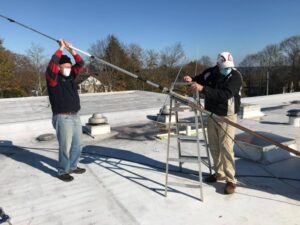
Antennas and Propagation Subjects. Simple antennas for the newcomer. Making antennas out of aluminum, or wire. All about transmission lines and connectors. Knowledgeable purchasing. Rotators. Tower safety. When should I get on the air, and on which band? What are all these A and K factors, anyway? The decibel. What’s next in the solar cycle. Results of your own propagation studies. HamSCI activities.
Operating Activities Subjects
On The Air. Introduction to fox hunting, to ARDF, to ‑OTAs (Summits, Parks, Lighthouses, Boy Scout Jamborees, Girl Scout Thinking days, etc.). Geography and topography. VHF+ hilltopping and roving. Tips and techniques for your successful activity. Activity travelogues.
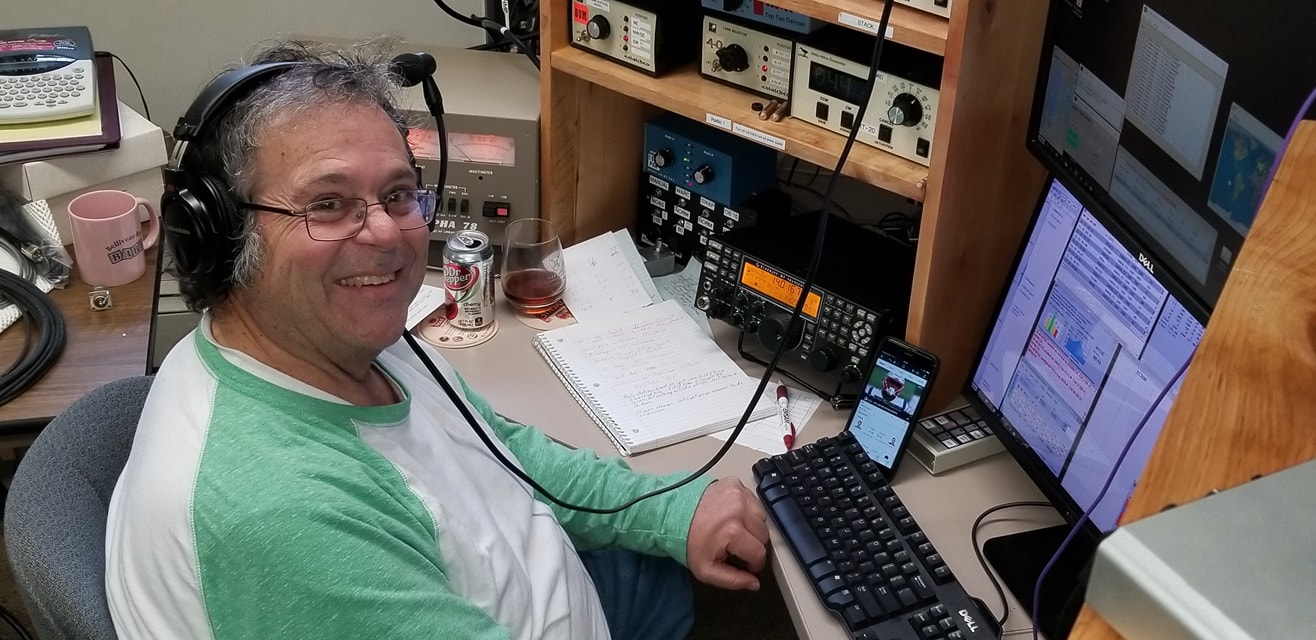 Contesting. Introduction to contesting. Configuring your station. Maximizing your score. Breaking through pile-ups. Tips for the “little pistol” competitors. Logging programs and techniques. Field day war stories.
Contesting. Introduction to contesting. Configuring your station. Maximizing your score. Breaking through pile-ups. Tips for the “little pistol” competitors. Logging programs and techniques. Field day war stories.
DXing. Introduction to DXing. Wallpaper opportunities. Organizing and managing a DXpedition. Amateur Radio demographics around the world. Tips for the “little pistol” DX chasers. Travelogues.
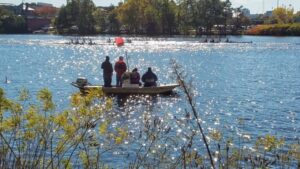 EmComm, Public Service, and Traffic Subjects. What happens to “When all else fails” when the Internet fails. The Incident Commander concept. Initiating and managing local EMCOM relationships. Introduction to public service. Public service experiences. Go-kits. Portable power. Introduction to traffic handling. Restructuring of the NTS.
EmComm, Public Service, and Traffic Subjects. What happens to “When all else fails” when the Internet fails. The Incident Commander concept. Initiating and managing local EMCOM relationships. Introduction to public service. Public service experiences. Go-kits. Portable power. Introduction to traffic handling. Restructuring of the NTS.
History, Invention, and Reinvention Subjects. Where did we come from. Historical artifacts. Amateur Radio’s contributions to the art and technology of radio. How can Amateur Radio thrive: where are we going, how do we get there. Rejuvenating clubs and club meetings. A tank away–Radio-related tourist venues.
League, Division, and Section Activities and News. What’s next, what’s big in Amateur Radio. Rules and regulations. Major operating activities. Supporting scouting activities and college clubs.
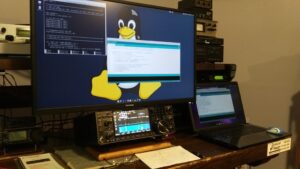 Technical Subjects. Introduction to the digital modes. Introduction to repeaters, DSTAR, DMR, etc. The analog modes aren’t dead. Unusual modes (video, telemetry, remote control, etc.) Physical circuits versus programming. The basics of software defined radios. SMD soldering. Parts and programs resources. RFI chasing and fixing. Using clusters, spotters, and reporters. How to remotely control your station. Frontiers in the hobby. Experiences at HF and below, VHF and above.
Technical Subjects. Introduction to the digital modes. Introduction to repeaters, DSTAR, DMR, etc. The analog modes aren’t dead. Unusual modes (video, telemetry, remote control, etc.) Physical circuits versus programming. The basics of software defined radios. SMD soldering. Parts and programs resources. RFI chasing and fixing. Using clusters, spotters, and reporters. How to remotely control your station. Frontiers in the hobby. Experiences at HF and below, VHF and above.
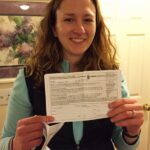 Training and Education Subjects. T&E planning for your club. T&E success (or failure) stories. Demonstrations, and how to present them. Long format versus short format license preparation. Tech Nights. Post-exam, continuing, and remedial training. Finding candidate trainees. Bringing the next generation on board.
Training and Education Subjects. T&E planning for your club. T&E success (or failure) stories. Demonstrations, and how to present them. Long format versus short format license preparation. Tech Nights. Post-exam, continuing, and remedial training. Finding candidate trainees. Bringing the next generation on board.
Setting Up Your Presentation
The ideal presentation is preferably about 45 minutes in length and absolutely no longer than 50 minutes.
-
- Learn the basics of PowerPoint. This presentation will go easy—and your next one will be even better.
- Think about what your message is and present it appropriately. Are you introducing the details of a new idea (a mode, an operating activity)? Are you reviewing some time sequenced activity like a travelogue, an event, or a study? Are you describing a system or piece of equipment? Each of these has a natural flow.
- Use your slides to support what you have to say, not the other way around.
- Make the slide font big enough for the audience to read. Yes, that limits how much you can get on a slide. But you’ll lose your audience if you just read a whole pile of text instead of really having something to say.
- Be sure graphics show something instead of just being an “eye chart.” If a detail is important, make it an enlarged insert.
- If audio is important, embed it in the slide rather than trying to work the audio simultaneously.
- If you’re really proud of your subject, show it. You’ll really engage your adience1
To see what other organizations say about setting up presentations at their conferences, go to:
- ION, the Institute of Navigation, Author Resource Center Presentation
- History Camp, Call for Presentations & Key Dates